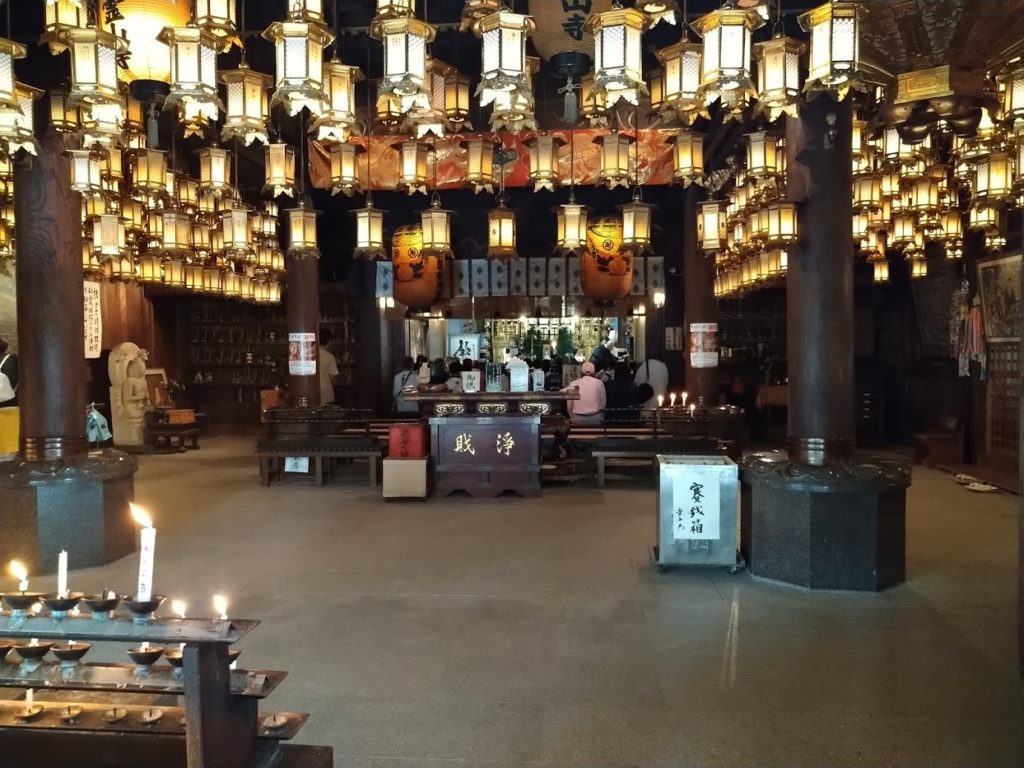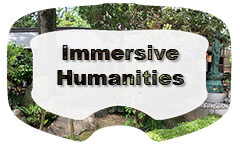
The students of Coastal Carolina University embarked on an adventure to study the temples of Shikoku, while there they discovered information and artwork by collecting photos, videos, and interviews. Experiencing the culture and the customary ways of the temples where they could buy and wear the white robes that they temple is known for, lit candles in front of the main hall and even getting to chat the Heart Sutra in front of both halls. As Shikoku is known for the eighty-eight temples within the four regions they learned and recognized the thirteen different buddhas as the buddhas represented something different as each temple. While on tour you can explore hot springs, culture, and even the islands regional delicacies which include items such as handmade noodles in Kagawa and citrus fruits in Ehime.
Background
The Shikoku Pilgrimage and its temples and other associated sacred and cultural features are recognized as an important part of the heritage of Buddhism and of Japan. Pilgrims from many parts of the world travel to Japan and the island of Shikoku to participate in the pilgrimage, and discussions related to the nomination of the pilgrimage for UNESCO World Heritage status have been underway for some time.
The 88 temple pilgrimage is undertaken in honor of the famous 9th century Buddhist priest Kukai, known by the honorific title Kobo Daishi (Great Master who Propagated the Buddha’s Teachings). Kukai was from Shikoku and many of the events in his life leading him to enlightenment are memorialized at the 88 temples of the pilgrimage. Pilgrims typically think of themselves as emulating these events and thereby becoming a part of Kukai’s life, spiritual progress, and legacy. Pilgrims often form deep bonds with one another over their common experiences. Residents of Shikoku and visitors to the island frequently give alms to the pilgrims as living embodiments of Kukai, whom they also say appears along the route in times of need.




